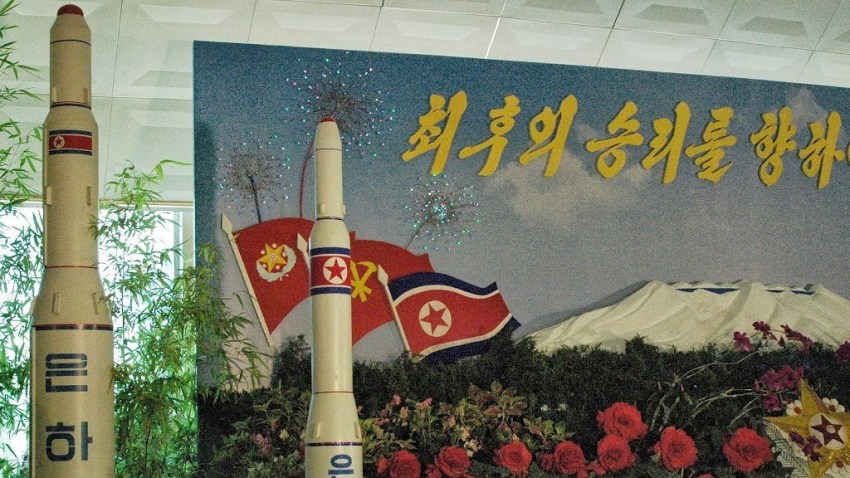On two occasions in a period of less than a week over late February and early March, North Korea
fired short-range missiles into the sea off its eastern coast. In an email interview,
Joseph S. Bermudez Jr., chief analytics officer for Allsource Analysis Inc. and publisher and editor of
KPA Journal, explained the state of North Korea’s missile arsenal.
WPR: What is the extent of North Korea's current missile arsenal and capabilities, in terms of numbers, range and accuracy, and what have been the main sources of its technologies?
Joseph S. Bermudez, Jr.: Providing a detailed account of North Korea’s ballistic missile inventory and capabilities is difficult at the open-source level due to the fact that North Korea has long pursued a policy of strategic-level camouflage, concealment and deception specifically focused on denying the U.S. and its allies detailed information into its ballistic missile and weapons of mass destruction programs. In this regard much of what is displayed during North Korea’s military parades has been operational for years, or is aspirational in nature. With that said, enough information has become available to provide the following outline.
North Korea currently supports a robust and diversified ballistic missile program estimated to include 600-1,000 missiles of all types. These include the tactical KN-02/SS-21 and Scud B, C and D/ER short-range ballistic missiles; Nodong 1/2 medium-range ballistic missiles and Musudan intermediate-range ballistic missiles; and the nascent KN-08 intercontinental ballistic missiles. In addition to this, North Korea has a nascent space launch capability, with its Taepodong 1 (Paektusan) and Taepodong 2 (Unha) having the potential to provide it with medium/intermediate and intercontinental ballistic missiles, respectively. While the tactical KN-02/SS-21, and to a lesser degree the Scud series of missiles, are assessed as being militarily useful and accurate systems, the Nodong are assessed as being significantly less accurate. The Musudan and KN-08 have never been tested, so it is difficult to assess reliability and accuracy.
North Korea is capable of employing these missiles throughout the Korean Peninsula and East Asia. To a significantly lesser degree, North Korea has the capacity potential to threaten the U.S. states of Alaska and Hawaii, and possibly even the West Coast of the continental U.S.
WPR: What capabilities is North Korea currently developing, and where do those efforts currently stand?
Bermudez: The most obvious ballistic missile capabilities the North Koreans are striving to develop are intercontinental ballistic missiles, a viable nuclear warhead and a reliable satellite launch capability. It is also likely that they are interested in developing additional types of missile warheads—such as cluster, electromagnetic pulse or radiological dispersion devices—as well as penetration aids. The last of these is becoming increasingly important to have as the U.S. and countries surrounding North Korea are deploying missile defense systems.
WPR: What considerations are driving North Korea’s pursuit of an active missile program?
Bermudez: Having and testing ballistic missiles meets both significant technical requirements for the military and political goals for the leadership. While there are tactical and operational objectives inherent in North Korea's ballistic missile force, all such objectives are subordinate to, and directly influenced by, the following principles: preservation of the Kim family and its power, the principle to which all the others are subordinate; elimination of all internal threats; deterring the United States, South Korea and their allies; maintaining military strength to facilitate reunification; and economic development.
Therefore, any actions North Korea takes using ballistic missiles—or its nuclear program—must be viewed in the context of and balanced against how they support these political principles.

